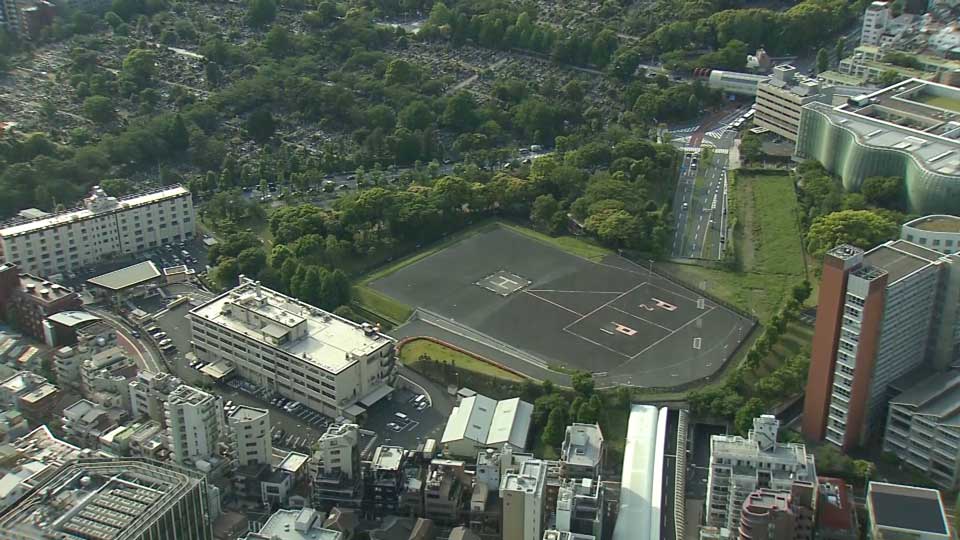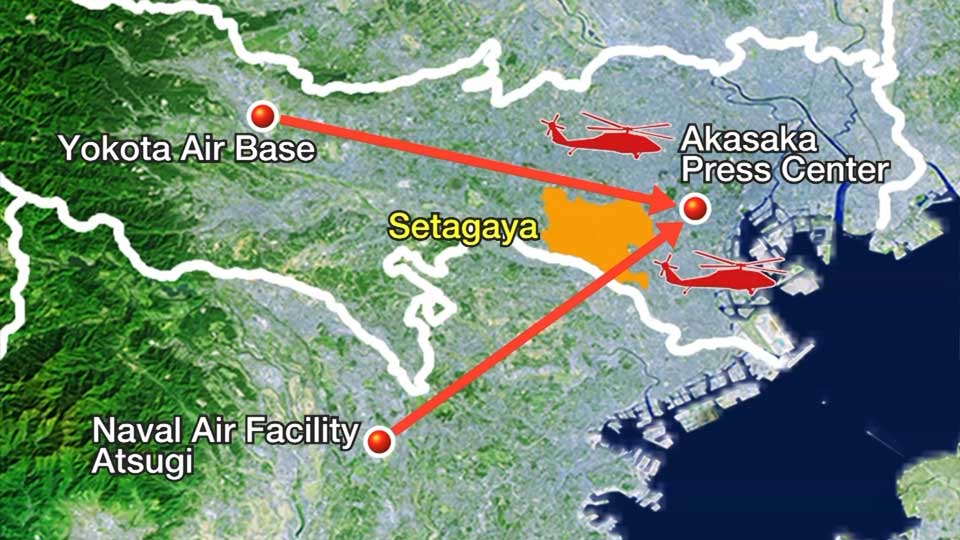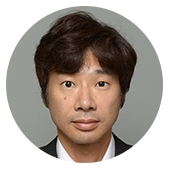The Akasaka Press Center, also known as Hardy Barracks, occupies about 2.7 hectares of prime Tokyo real estate in the well-known Roppongi neighborhood. It was once home to a garrison of the now-defunct Imperial Japanese Army First Division. After World War Two, US forces commandeered the site. Today, it stands as one of the few remaining facilities of its kind in the capital's central area.
Used by Trump
The installation houses the Far East bureau of the US military newspaper "Stars and Stripes", as well as a dormitory. The heliport is regularly used by senior US government and military officials traveling from bases further out, such as those in Yokota, Atsugi and Yokosuka. Former US President Donald Trump used the facility in 2017 and 2019.

The surrounding area is packed with houses, apartments, offices and museums. One of Tokyo's busiest entertainment districts is also nearby. Some people living in the area are frustrated by the noise of the constant flights, and worried about the risk of accidents.
“The helicopters usually fly once in the morning and evening, almost every day. Sometimes it will be five, or nearly 10 times daily,” says one man who lives in the neighborhood. “When they fly over the nearby elementary school, I think they are at a height of about 100 meters.”
Agreement permits low flying
Low-flying US military helicopters are a common sight in Tokyo. The decades-old Japan-US Status of Forces Agreement exempts them from a Japanese general aviation law that defines the minimum safe altitude in crowded residential areas to be more than 300 meters above the tallest building.
Fujiwara Kiichi, an international political science professor at the University of Tokyo, says Japan should discuss the return of the base with the US, before something bad happens.
"If there is an accident, then public opinion will quickly turn against the Akasaka Press Center," he says. "I have no doubt about that. It's important to take the initiative on this issue before it's too late."

Japan's Defense Ministry has compiled a summary of complaints about low-flying aircraft. It says there were about 200 between April 2017 and December 2020 in Tokyo. The majority come from Setagaya, the most heavily populated of Tokyo's 23 central wards. It lies on the flight path between bases on the capital's fringes and the Akasaka Press Center.
The Press Center is located in Minato Ward. Every year since 2004, both the municipal office and local assembly have written to the Defense Ministry demanding the base be closed. But the Ministry says its hands are tied due to the Status of Forces Agreement.
Return of land unlikely soon
The 1964 Tokyo Olympics served as a watershed moment regarding the return of US military facilities in the capital. Yoyogi Park in Shibuya Ward was once an expanse of US military housing called Washington Heights. Entry to Japanese people was restricted. But as momentum for the Games grew, the US agreed to return the site in full. It was then used as the athletes' village, and later converted into the park that's there today.
Another Tokyo Olympics is just around the corner. But Ohara Bonji, a senior fellow at Sasakawa Peace Foundation who is also a security analyst and former Maritime Self-Defense Force helicopter pilot, says history is unlikely to be repeated.
"The Akasaka Press Center is the only facility in central Tokyo for the US military to transport dignitaries quickly and safely by helicopter. It's unlikely that the US will easily agree to its return."
In May and June, NHK contacted US Forces Japan about the reasons for the low-altitude flights, but there has been no response so far.

